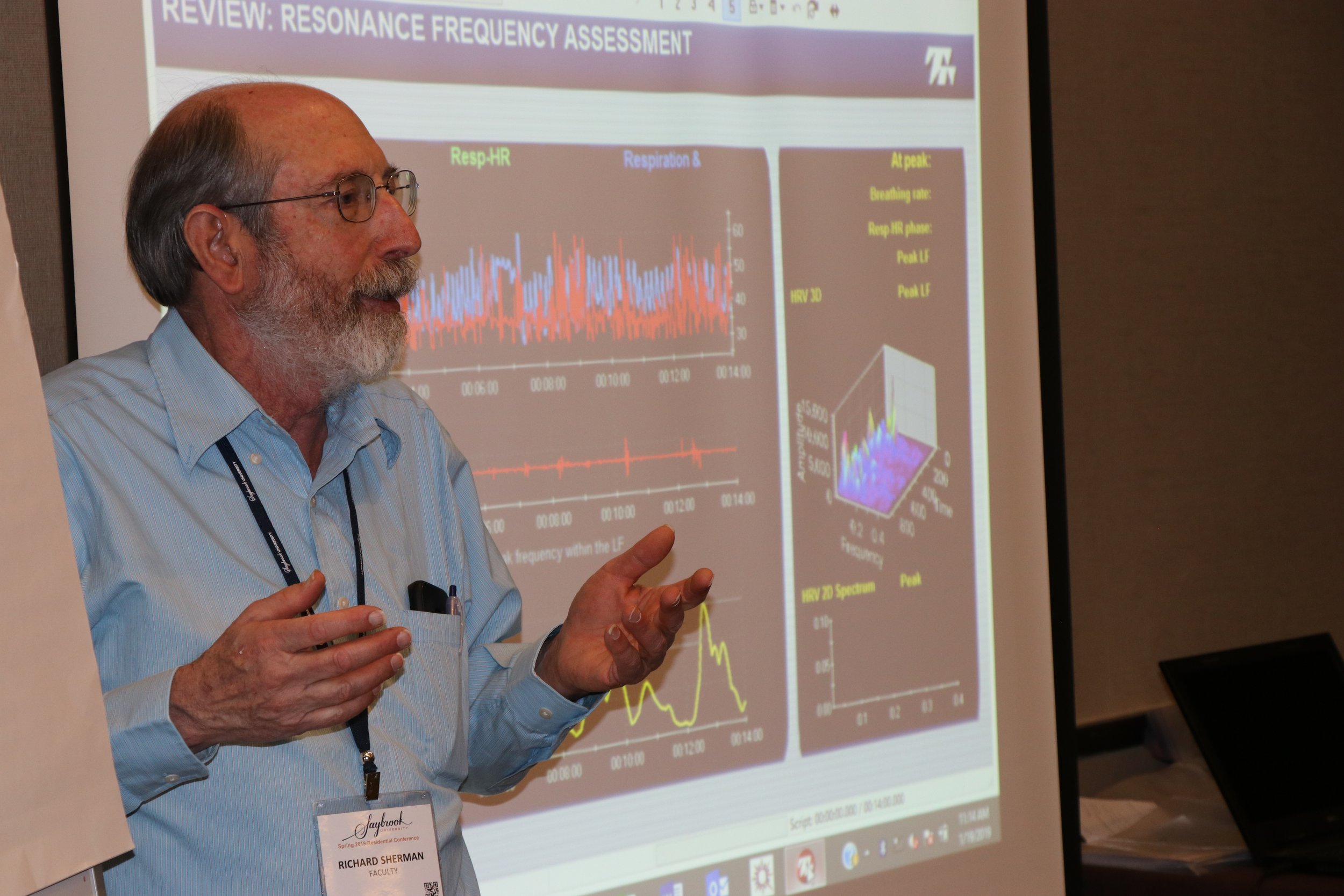What is Biofeedback?
Biofeedback, a practice that has significantly evolved since its initial interest in the 1960s and 1970s, now stands as a mainstream methodology for enhancing health and human performance. This evolution is underpinned by extensive scientific research that affirms the interconnectedness of the mind and body, and the potential for individuals to leverage this connection to modify physiological activities, thereby improving health and function.
The discipline of biofeedback is succinctly defined as a process that enables individuals to learn how to alter physiological activity for the purpose of enhancing health and performance. This definition, formulated by a task force of experts from the Association for Applied Psychophysiology and Biofeedback (AAPB), the Biofeedback Certification International Alliance (BCIA), and the International Society for Neurofeedback and Research (ISNR), serves as a standard in the field. The task force's objective was to provide accurate and reliable information to aid individuals in making informed choices about healthcare and performance enhancement techniques.
Biofeedback involves the use of precise instruments that measure physiological activities such as brainwaves, heart function, breathing, muscle activity, and skin temperature. These instruments provide immediate and precise feedback to the user. This feedback, often integrated with modifications in cognition, emotions, and behavior, facilitates desired physiological changes. Over time, these changes have the potential to be maintained without the continuous use of the instruments.
How does Biofeedback work?
Why choose professional training in Biofeedback?
To excel in biofeedback therapy, it's essential to go beyond merely acquiring equipment; it requires a deep understanding of the intricacies of human physiology and the nuanced application of biofeedback techniques. Our course emphasizes the critical integration of psychophysiological assessments and biofeedback interventions within a broad clinical knowledge base, including human anatomy, behavioral biology, and specialized biofeedback training. Understanding the operational mechanics of biofeedback machines, coupled with a firm grasp of research design principles and an awareness of the placebo effect, is fundamental in providing effective and evidence-based treatments.
Is Biofeedback Evidence-Based?
The efficacy of biofeedback is supported by a substantial body of research. It has been demonstrated as an effective treatment for conditions such as migraine and tension-type headaches, urinary incontinence, high blood pressure, and anxiety. Furthermore, neurofeedback, a branch of biofeedback focusing on brain activity, has shown effectiveness in managing conditions like attention deficit hyperactivity disorder, autism spectrum disorders, brain injuries, posttraumatic stress disorder, seizures, and depression. Biofeedback and neurofeedback are also utilized by individuals in high-performance fields, such as corporate executives and athletes, to enhance their competitive and performance abilities.
Professional organizations representing biofeedback and neurofeedback practitioners, such as AAPB, BCIA, and ISNR, adhere to a standard of care grounded in scientific evidence. This standard supports the use of specific biofeedback and neurofeedback methods and instruments, and validates claims of efficacy. The establishment of this standard definition aims to assist consumers, media, insurance companies, and government agencies in identifying legitimate practitioners and methods, and in making informed decisions regarding biofeedback and neurofeedback coverage and regulation.
Find out more about Biofeedback
The videos and resources listed below were created or curated by our Foundation’s experienced and highly qualified instructors.
Biofeedback Research
Current biofeedback research is bridging the gap between the treatment and efficacy of feedback practices.
There is now a standard for clinical assessment and examination of treatment success.
The development and focus of evidence based practice emphasizes the success of treatment in clinical, research and real life applications.
Reference
Association for Applied Psychophysiology and Biofeedback. Evidence-Based Practice in Biofeedback and Neurofeedback (4th ed).
Free Full Text Booklets & Articles
Clinical Research: Skills Clinicians Need to Maintain Effective Practices: 4th Edition
The art and science of establishing clinical credibility
453 Pages
By Richard A. Sherman, PhD
Pain and The Problem Causing it
Images of our Enduring Impact on those around us
10 Pages
Photographed and Written by Richard Sherman, PhD
Thermography for Sensitivity Training
A look at how the body registers pain in areas other than the original site of pain
8 pages
By LTC Richard A. Sherman, PhD and Douglas E. Hemler, MD
Efficacy Determinations for Highly Effective Biofeedback Interventions
This is an internal teaching document used in the Psychophysiology Doctoral Concentration within the Department of HC Psychology at Saybrook University. Nearly all of the material is quoted from other documents.
Clinical Efficacy of Psychophysiological Assessments and Biofeedback Interventions for Chronic Pain Disorders other than Head Area Pain
Psychophysiological assessments and biofeedback based interventions for disorders whose main symptom of interest is chronic pain can be highly effective and useful in the clinical environment
By Richard A. Sherman, PhD and Christiane Hermann














